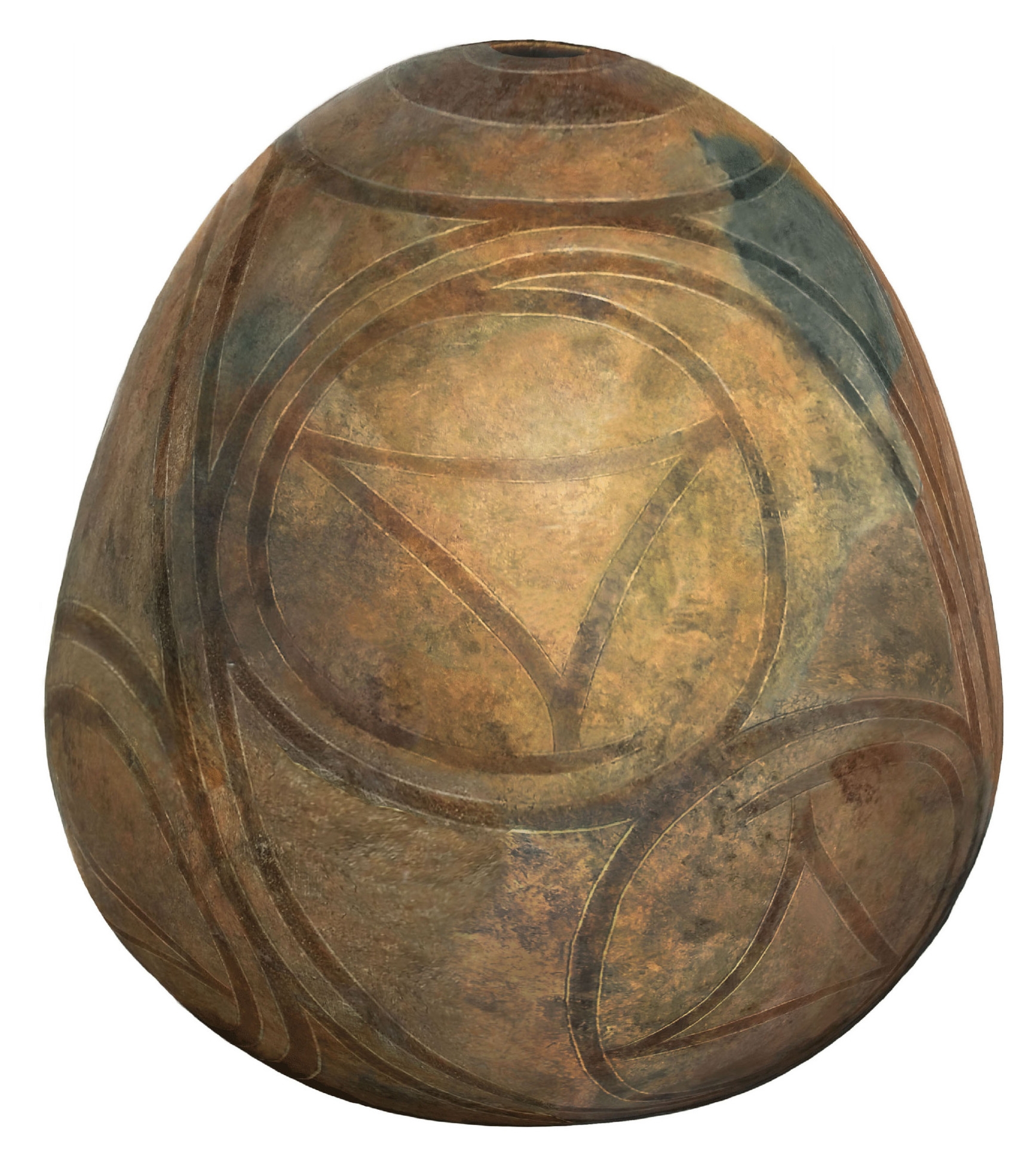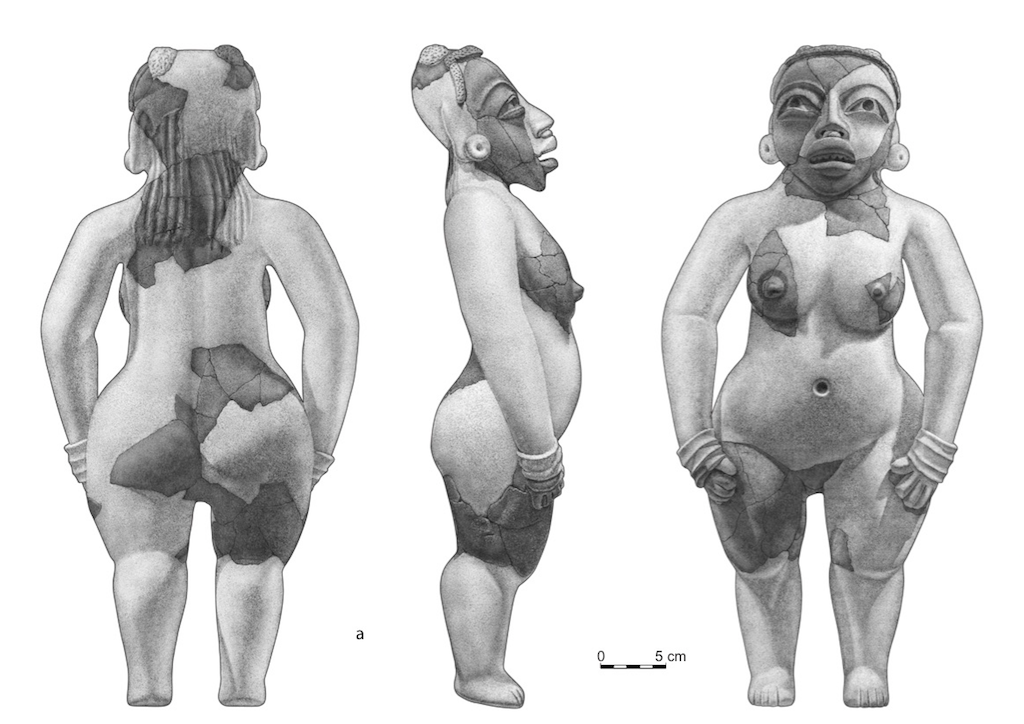
Series: Monumenta Archaeologica 45
ISBN: 978-1-950446-15-5
Publication Date: August 1, 2021
Price: Hb $125, eBook $72
Order this book here!
- Print: Order from our distributor
“The sheer amount of contextual information reported, the excellent imagery, and the rich detail added to the published literature for early village life in Mesoamerica combine to make this volume indispensable for the scholar of the Early Formative period.”
– Dr. Guy David Hepp, CSU Santa Barbara for Latin American Antiquity
Paso de la Amada, an archaeological site in the Soconusco region of the Pacific coast of Mexico, was among the earliest sedentary, ceramic-using villages of Mesoamerica. With an occupation that extended across 140 ha in 1600 BC, it was also one of the largest communities of its era. First settled around 1900 BC, the site was abandoned 600 years later during what appears to have been a period of local political turmoil. The decline of Paso de la Amada corresponded with a rupture in local traditions of material culture and local adoption of the Early Olmec style. Stylistically, the material culture of Paso de la Amada corresponds predominantly to the pre-Olmec Mokaya tradition.

Excavations at the site have revealed significant earthen constructions from as early as 1700 BC. Those include the earliest known Mesoamerican ball court and traces of a series of high-status residences. This monograph reports on large-scale excavations in Mounds 1, 12, and 32, as well as soundings in other locations. The volume covers all aspects of excavations and artifacts and includes three lengthy interpretive chapters dealing with the main research questions, which concern subsistence, social inequality, and the organizational history of the site.

Paso de la Amada was featured in a CIoA Press Author Spotlight series – watch the recording here.
Table of Contents
Part I. Research Problems and Methods
- Research at Paso de la Amada Richard G. Lesure, John E. Clark, and Michael Blake
- Overview of Excavations, Formation Processes, and Refuse Samples Richard G. Lesure and Michael Blake
Part II. The Excavations
- Mounds 1, 12, 32 Richard G. Lesure
- Excavations in Other Mounds and in Off-Mound Areas Richard G. Lesure and Michael Blake
- The Constructed Landscape of Paso de la Amada and Its Social Implications Richard G. Lesure
Part III. The Artifacts
- Pottery Richard G. Lesure
- Ground Stone Technology and Routine Food Processing at Paso de la Amada R. J. Sinensky
- Obsidian John E. Clark and Richard G. Lesure
- The Stone Ornaments Richard G. Lesure and Paola Demattè
- Miscellaneous Stone Artifacts Richard G. Lesure
- Carbonized Botanical Remains Richard G. Lesure
- The Faunal Remains of Paso de la Amada Thomas A. Wake, Katelyn J. Bishop, and Richard G. Lesure
- Bone Artifacts Thomas A. Wake and Richard G. Lesure
- Notes on the Modeled Ceramic Imagery Richard G. Lesure and John E. Clark
- Ear Ornaments, Finger Rings, and Cherla-Phase Social Differentiation Richard G. Lesure
- Miscellaneous Ceramic Artifacts Richard G. Lesure
- The Material Culture of Paso de la Amada: A Look at the Assemblage, the Distribution of Craft Activities, and the Frequency of Ritual Richard G. Lesure
Part IV. Specialized Studies of Pottery
- Seriation of the Refuse Deposits Richard G. Lesure
- Residue Analysis of Pottery from Paso de la Amada: Evidence for Use of Chili Pepper Terry G. Powis, Richard G. Lesure, Michael Blake, Louis Grivetti, and Nilesh W. Gaikwad
- Beveled-Rim Bowls and Innovative Aggrandizers: Micro-Stylistic Analysis of a Locona Vessel Form Richard G. Lesure
Part V. Human Remains
- Catalog of the Burials Richard G. Lesure and Kristin Hoffmeister
- Skeletal Indicators of Health at Paso de la Amada Kristin Hoffmeister
Part VI. Synthetic Essays
- Social Inequality at Paso de la Amada: Insights from the Study of Household Refuse Richard G. Lesure, Michael Blake, and John E. Clark
- Subsistence Change at Paso de la Amada and the Development of Agrarian Societies in the Soconusco Richard G. Lesure, R. J. Sinensky, Thomas Wake, and Kristin Hoffmeister
- Toward a History of Paso de la Amada Richard G. Lesure
